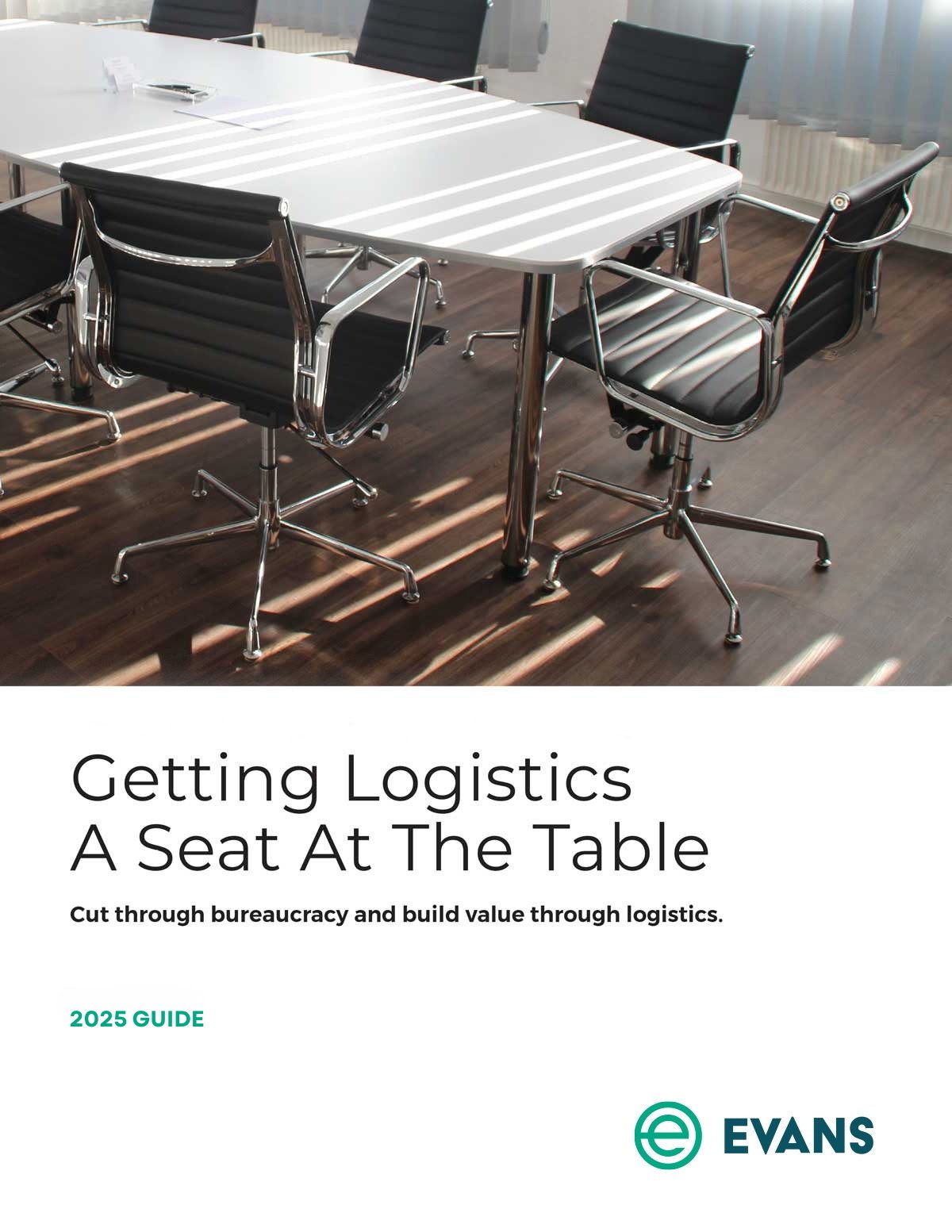Need some direction to narrow down a carrier for truck parts? Use these 10 questions to find your best match.
Thousands of carriers can handle the transportation of truck parts. But your parts likely have special handling needs that are best suited for particular carriers. How do you decide? Here are some insightful questions to ask when choosing a potential carrier for truck parts.
10 questions to ask your potential carrier for truck parts
1. Can the carrier accommodate special handling needs?
If you are shipping truck parts to a new retail location that may not have a dock, be sure to ask about lift gate service. If your customer doesn’t have a dock, you don’t want your product stuck waiting for someone to unload it, rejected, or otherwise damaged in the unloading process.
At Evans, we encourage you to provide us with a picture of the product so we can see what type of packaging you are working with and what special handling needs are required. Pictures of your freight are also essential for the successful management of claims if that need were to arise.
2. What is the carrier’s liability for each shipment?
Regardless of whether you are shipping 5 pounds or 500 pounds of freight, you are going to want to be made whole if your product goes missing during transportation. And weight might not present the only factor.
Let’s consider a hypothetical situation where a customer ships a 500-pound product that is lost in transit. The carrier’s liability was capped at $550,000. Sounds like a lot, right? In most situations, that’s enough to cover a loss. But what if the product were a prototype — something virtually irreplaceable? No one wants to encounter a situation like this.
Asking about the carrier’s standard limit on liability and getting additional coverage if needed takes care of any gaps before a problem crops up.
3. What is the cost of not delivering on time?
If you need guaranteed service, you need to ask up front. Less-than-truckload (LTL) carriers may offer guaranteed service at a percentage increase over the standard rate. The carrier’s liability for failing to deliver your shipment on time is limited to the cost of the shipment. The catch? You have to purchase this guarantee upfront.
The bill of lading (BOL) must state the carrier liability for timely delivery when the freight is picked up. The requirement to state the liability on the BOL means the carrier has a right to refuse. Dealing with this up front by negotiating with the carrier and stating the expectation on the BOL saves you time on the backend.
4. What is the expectation of arrival?
In a regular route freight environment, transit times vary from carrier to carrier. Each carrier publishes different transit days. For example, one carrier may publish transit rates of one day from Milwaukee to Chicago, while another would say the same route takes three days. When selecting a carrier, you need to consider both cost and when you need your product delivered.
5. Do you need an unusual delivery option?
With truck parts, unusual delivery options are occasionally needed. The shipper and receiver will need to have material-handling equipment on either side, and the BOL should reflect these requirements. For example, you might need to ship trailer parts, rails, or planks on a flatbed and then use an overhead crane to unload. Prior to shipping, you need to identify a carrier’s ability to meet your exceptional delivery needs.

